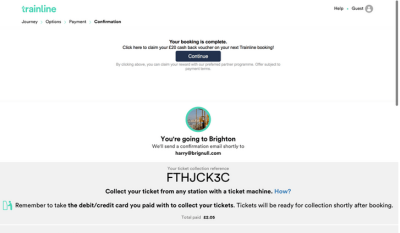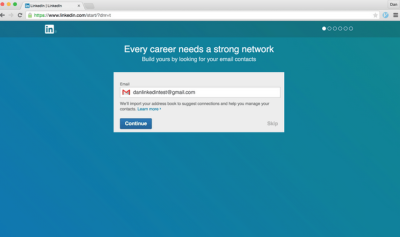Ceci est une ancienne révision du document !
Table des matières
Petits exemples de "dark pattern", ou Comment manipuler les utilisateurs grâce aux interfaces graphiques.
Inspiré de http://darkpatterns.org/
Questions volontairement complexes
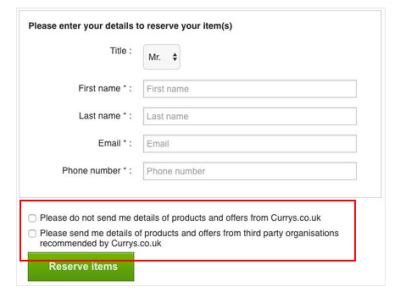 While filling in a form you respond to a question that tricks you into giving an answer you didn't intend. When glanced upon quickly the question appears to ask one thing, but when read carefully it asks another thing entirely.
While filling in a form you respond to a question that tricks you into giving an answer you didn't intend. When glanced upon quickly the question appears to ask one thing, but when read carefully it asks another thing entirely.
Ajout discret dans le panier
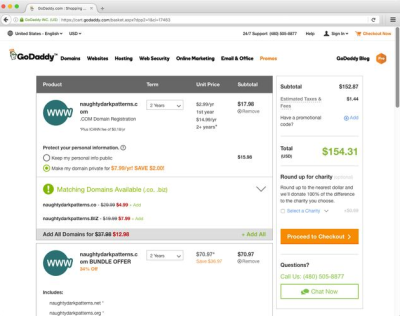 You attempt to purchase something, but somewhere in the purchasing journey the site sneaks an additional item into your basket, often through the use of an opt-out radio button or checkbox on a prior page.
You attempt to purchase something, but somewhere in the purchasing journey the site sneaks an additional item into your basket, often through the use of an opt-out radio button or checkbox on a prior page.
Découragement par l'administratif
You get into a situation very easily, but then you find it is hard to get out of it (e.g. a premium subscription).
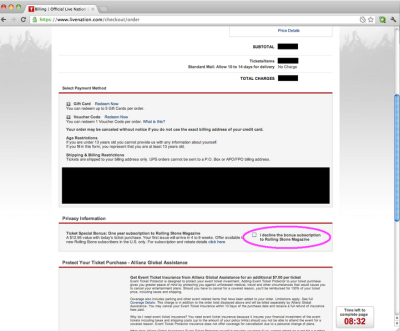
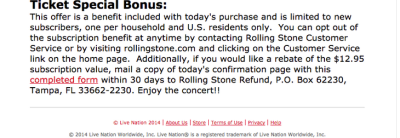
Partage d'info privés
 You are tricked into publicly sharing more information about yourself than you really intended to. Named after Facebook CEO Mark Zuckerberg.
You are tricked into publicly sharing more information about yourself than you really intended to. Named after Facebook CEO Mark Zuckerberg.
Comparaison de prix difficile
The retailer makes it hard for you to compare the price of an item with another item, so you cannot make an informed decision.
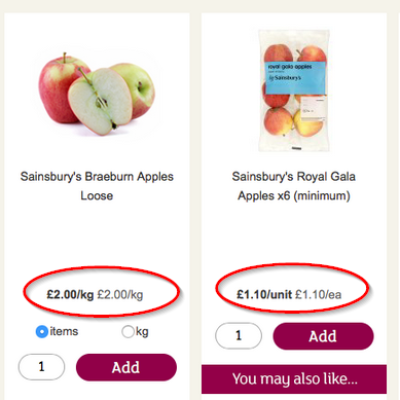
Diversion
The design purposefully focuses your attention on one thing in order to distract your attention from another.
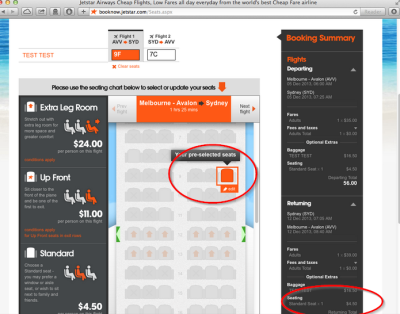
Coûts cachés
You get to the last step of the checkout process, only to discover some unexpected charges have appeared, e.g. delivery charges, tax, etc.
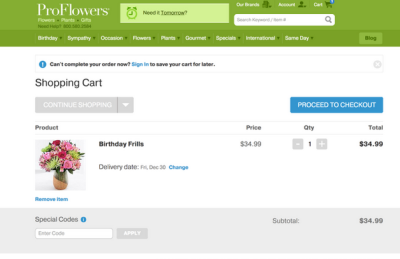
Habituer puis changer
You set out to do one thing, but a different, undesirable thing happens instead.
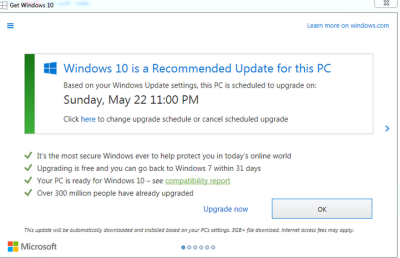 During 2016, users of earlier versions of Windows where shown pop-up windows similar to that pictured above. As the year progressed, Microsoft became increasingly aggressive with the pop-ups. They started as an honest, optional call to action, but became increasingly deceptive. They switched the meaning of the “X” button at the top right to mean the opposite of what it normally means. In all other versions of Windows going back to the 1980s, this button means “close”. In this specific instance, they changed it to mean “Yes, I do want to upgrade my computer to Windows 10”. This caused a huge public backlash.
During 2016, users of earlier versions of Windows where shown pop-up windows similar to that pictured above. As the year progressed, Microsoft became increasingly aggressive with the pop-ups. They started as an honest, optional call to action, but became increasingly deceptive. They switched the meaning of the “X” button at the top right to mean the opposite of what it normally means. In all other versions of Windows going back to the 1980s, this button means “close”. In this specific instance, they changed it to mean “Yes, I do want to upgrade my computer to Windows 10”. This caused a huge public backlash.
Reconnaissance de culpabilité
The act of guilting the user into opting into something. The option to decline is worded in such a way as to shame the user into compliance.
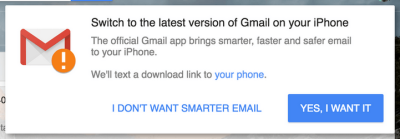
Publicité déguisée
Adverts that are disguised as other kinds of content or navigation, in order to get you to click on them.
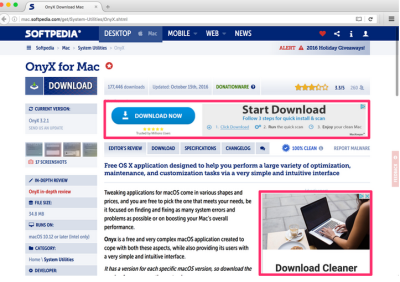
Continuité forcée
When your free trial with a service comes to an end and your credit card silently starts getting charged without any warning. In some cases this is made even worse by making it difficult to cancel the membership.
